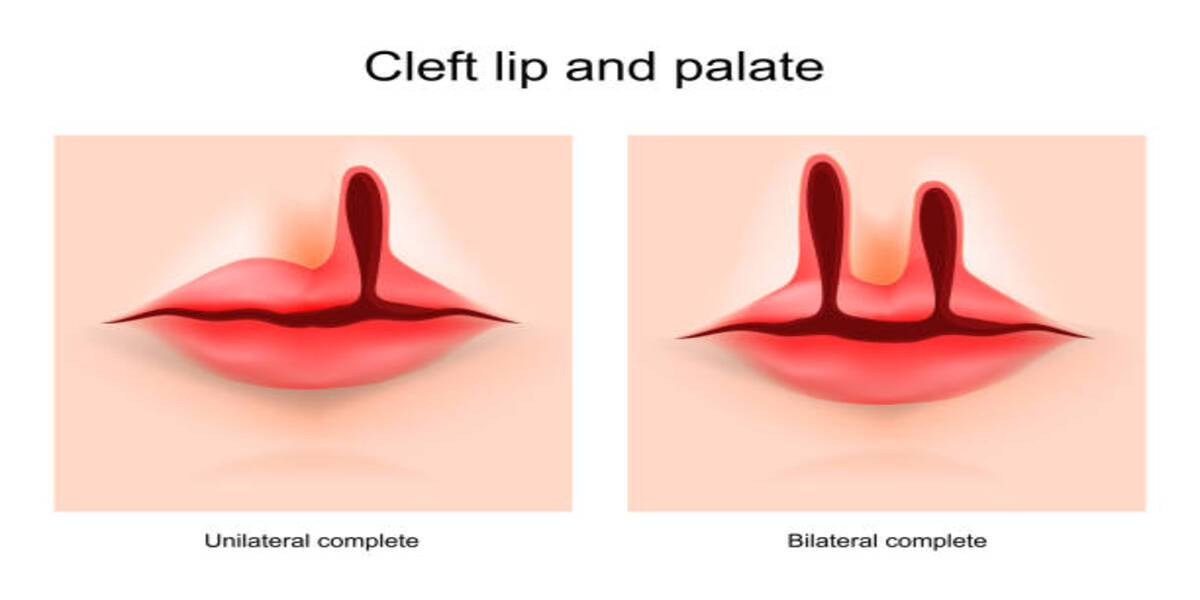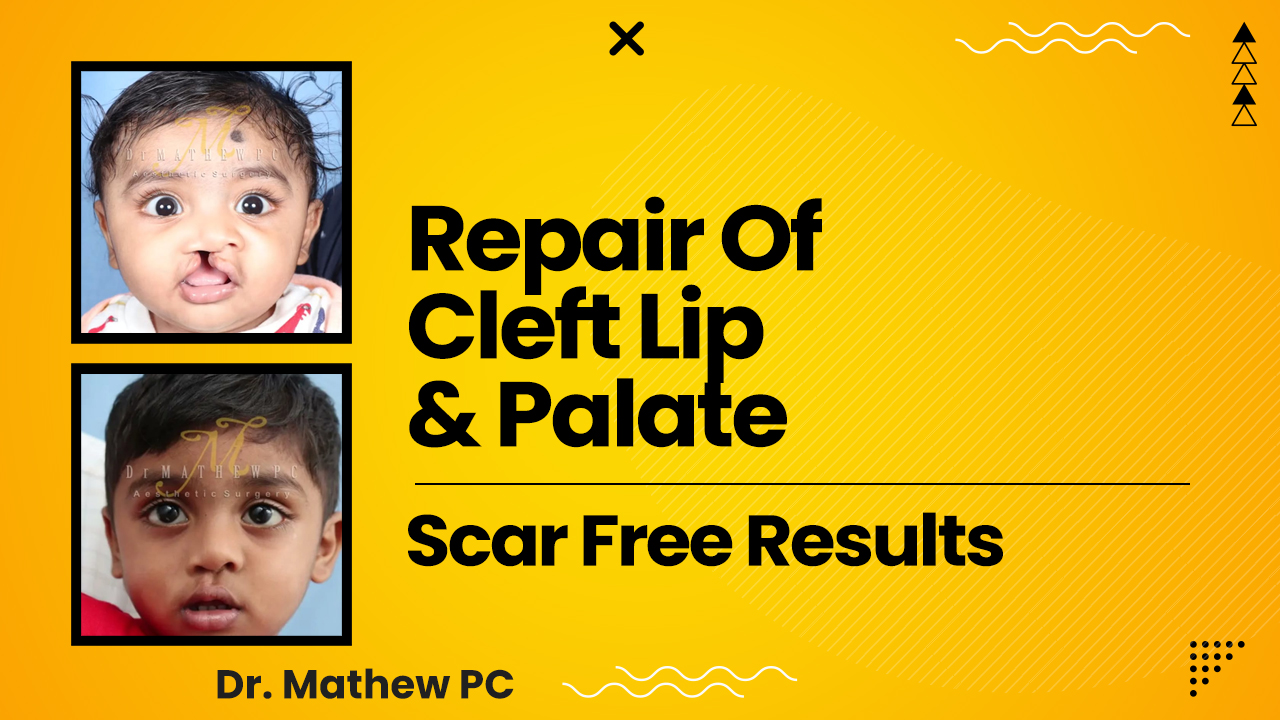Best Scar-Free Cleft Lip Surgery In India 2022- All You Need To Know
Get expert scar-free cleft lip surgery in India at St Thomas Hospital. Trust our skilled surgeons to deliver flawless results and improve your child's life.

According to the Centers for Disease Control and Prevention, a cleft lip is one of the most prevalent craniofacial anomalies, affecting more than 4,000 newborns in the United States each year. It may be accompanied by a cleft palate (a split in the upper lip with the rest of the mouth intact), or it might be cleft alone. If you are looking for scar-free cleft lip surgery in India, then look no further than St Thomas Hospital, Malakkara. We offer world-class surgical care at an affordable price, and our surgeons are some of the best in the business. Contact us today to learn more about our services!
A cleft lip can be detected on a prenatal ultrasound at around 16 weeks of pregnancy, while the cleft palate generally isn’t discovered until birth. During the first trimester, when connective tissue responsible for facial and mouth development doesn’t fully join, a gap forms. A cleft lip may often be observed on a prenatal ultrasound; however, a cleft palate is typically not identified until after birth.
Between three and six months of age, if the clefts are not otherwise repaired, scar-free cleft lip surgery in India is usually done to repair them. Genetics and other environmental factors such as prenatal drugs or smoking and drinking may have an impact, but a healthy pregnancy with no family history can cause a cleft.
Because of the defect in the nose and mouth region, children with a cleft lip or palate may have difficulty breathing, feeding, sleeping through the night, talking, or eating properly. They may also struggle with any one or combination of the following:
• Bottle-feeding or nursing
• the process of learning to talk
• ear infections or hearing loss are both serious problems that can be prevented.
• Poor dental health
• Visible scars
The majority of these problems are dealt with by an ear, nose and throat specialist, speech therapist, or skilled dental practitioner. Unfortunately, the scar from a cleft lip repair may be very obvious, causing long-term discomfort and lowering the youngster’s self-esteem. Medical silicone gels and over-the-counter scar treatment were formerly the best methods of scar reduction.
The health care needs of your youngster must be reviewed and summarized in a care plan.
A care plan will be created specifically for children with clefts. The typical care plan timetable for a person with cleft lip and palate is as follows:
- After birth to 6 weeks – feeding support, guidance for parents, hearing tests, and a paediatric examination
- 3 to 6 months – A cleft lip could be repaired using surgery.
- 6 to 12 months – A cleft palate may be treated with surgery, which involves closing the roof of the mouth to repair a cleft.
- 18 months – speech assessment
- 3 years – speech assessment
- 5 years – speech assessment
- 8 to 12 years – A cleft gum transplant is a procedure to replace missing gum tissue with tissue from elsewhere in the mouth.
- 12 to 15 years – Treating oral malformations and jaw development
Your child will require regular outpatient appointments at a cleft centre to ensure that their condition is properly monitored and any difficulties addressed.
After the age of 21, most experts recommend that children begin wearing hearing aids. They’ll usually be advised to do this until they reach the age of twenty-one when they will almost certainly have stopped growing.
Scar-free cleft lip surgery in India and scar management
The cleft lip surgeon typically needs to perform scar-free cleft lip surgery in India under general anaesthesia to close the cleft lip or palate gap. A plastic surgeon or cleft lip surgeon will make small incisions in the outer rims of the separated tissues during the operation and reconnect the lip. Small, dissolvable stitches are frequently employed to minimize scarring.
Cleft lip and palate in India operations are typically done within the first 12 months of a baby’s life, usually between 3 and 6 months old. This is to prevent any issues that may develop later in life when the infant’s face begins to mature and undergo structural changes. However, each situation is unique because of the health of the infant.
Cleft lip repair surgery can produce visible scarring. Although these scars aren’t huge, they are noticeable on the face just under the nose. Some scars fade with time, but it might take many years. Others who are prone to keloids and hypertrophic scars may develop significant scarring that does not fade with time.
This might cause self-esteem problems as the youngster gets older and begins to judge his or her own appearance. Topical silicone for scar treatment should be used on the afflicted region to manage the overgrowth of these scars.
Cleft Lip Repair Surgery
When your baby is about three months old, you may have cleft lip repair surgery. The cleft lip will be repaired and closed with sutures during a general anaesthetic (where they’re unconscious). The procedure may take anything from one to two hours.
The majority of newborns stay in hospital for 1 to 2 days. You may be able to keep watch over them during this time. The stitches will be removed after a few days, or they might dissolve on their own.
A small scar will result, but the cleft lip surgeon in India should attempt to align the scar with natural lip lines to minimize its visibility. It should fade away and become less visible over time.
Cleft Palate repair surgery
Cleft palate repair surgery is often done between the ages of 6 and 12 months. The roof of the mouth’s gap is filled, and the muscles and lining of the palate are rearranged. Dissolvable sutures are used to close the wound.
The procedure takes approximately 2 hours and is done under general anaesthesia. The majority of youngsters are in hospital for 1 to 3 days, and you may be able to stay with them if necessary. The scar from cleft palate repair surgery will be inside the mouth.
Treating hearing problems
Children with a cleft palate are more likely to get glue ear, an ailment in which fluid accumulates in the ear. The muscles in the palate are linked to the middle ear. Sticky secretions could build up in the middle ear if the muscles are not working properly owing to a cleft, resulting in poor hearing.
Your kid will have regular hearing tests, which will be done to look for any issues. Hearing problems might improve following cleft palate repair, and if required, grommets can be inserted into the eardrums to drain the fluid. These tubes allow fluid to exit the ear. Sometimes hearing aids may be suggested as a result of this procedure.
Speech therapy
Cleft palate repair surgery greatly lowers the risk of speech issues, but children who have had their cleft palates repaired may still require speech treatment in some cases. As your child grows older, a speech and language therapist (SLT) will evaluate his or her speech on several occasions.
If there are any issues, they may suggest further evaluation of how the palate is functioning and/or collaborate with you to help your child develop clear speech. They might recommend that you seek out community SLT services in your area. The SLT will continue to follow your child’s progress until they are completely grown, and they will work with them as long as is required.
In rare cases, performing a tonsillectomy and/or adenoidectomy on children who have overly open noses while speaking can lead to nasal-sounding speech. In most situations, the condition will go away by itself if breathing problems remain unchecked.
Scarring can be a devastating side effect of a cleft lip and palate. Depending on the severity of the scarring, it may cause self-esteem problems and affect the way a person sees themselves. Thankfully, there are treatments available to help lessen the appearance of scars and improve quality of life.
Children who have had surgery to repair their clefts are likely to require additional treatment, such as speech therapy or hearing aids, but with time and patience, they will overcome any difficulties caused by their condition.


